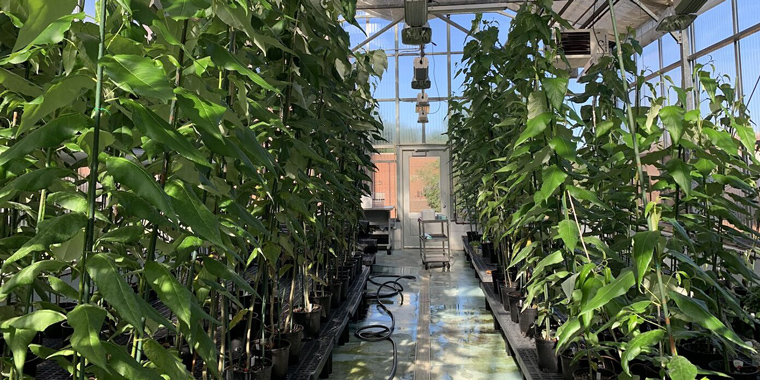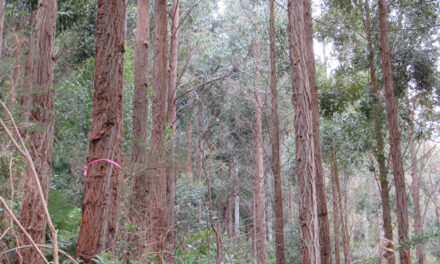GENE EDITING TREES COULD BRING QUICK BREAKTHROUGHS
SCIENTISTS COULD FIND MORE BENEFITS USING DUTTING-EDGE GENE EDITING IN FORESTRY
THAN MEDICINE SAYS NEW RESEARCH
A new paper published in the prestigious journal Science marries AI and multiplex CRISPR to the sustainable production of wood fibres and improvement of timber resource. The results offer the promise of making fibre manufacturing for a wide range of products – from cardboard and paper to disposable nappies – greener, cheaper, and more efficient and the same techniques may also be used to develop better structural timbers in the future.
“The [CRISPR-edited wood] that we’ve made can have a tremendous impact on industrial operations and building the bioeconomy,” said co-senior author Dr Rodolphe Barrangou, professor in the Department of Food, Bioprocessing, and Nutrition Sciences at North Carolina State University (NCSU).
Barrangou and colleagues reported on their development in a paper titled “Multiplex CRISPR editing of wood for sustainable fiber production,” in Science (click paper title for link).
Co-senior author Jack P. Wang, professor at the College of Natural Resources at NCSU, said that the importance of trees for the environment and as our major source of natural materials and resources and the largest biological carbon sink on earth means that they must be used responsibly.
“If you think about how far along agriculture, in general, has moved and how far along therapeutics has moved, there are substantial opportunities in forestry to make tangible benefits that could make our natural resources much more efficient, productive, sustainable, and of higher quality,” said Wang.
In their research, the team was aiming to produce wood fibres in which the famously tough lignin, which forms a part of the cell walls of wood and bark, would break down easily, allowing for faster, less resource-intensive pulp production.
Historically, breeding weaker lignin has been a slow process, but decades of research by the team has generated large amounts of genetics and omics data that were processed with AI to predict and then sort through more than 69,000 different multigenic gene-editing strategies targeting 21 important genes associated with lignin production.
“[Trees] are very complex organisms that can thrive for hundreds of years, so their genetics are hard to understand,” said Wang. “That’s why we needed that machine learning model to really decipher and understand the genetic regulation for information and then modify them using CRISPR in ways that can produce woody materials that are compatible with industrial processes or the conversion to useful products.”
CRISPR is a gene editing technique that, to use a rough anology, scissors out and removes or replaces bits of genetic code. Multiplex CRISPR technologies do this to multiple parts of the genome at once. Using the information on which strategies would be most effective that had been sorted by the AI, the research team was able to lower lignin levels and increase the carbohydrate to lignin (C/L) ratio and the ratio of two important lignin building blocks—syringyl to guaiacyl (S/G)—in poplar trees. Together, these changes hit a fibre sweet spot that could reduce greenhouse gases associated with pulp production by up to 20%.
With multiplex CRISPR technology, they produced 174 edited poplar variants, which they planted, grew for months and harvested for analysis and the generation of paper with gains that translate to industrial processing.
The study also included sophisticated pulp production mill models that suggest reduced lignin content in trees could help mills produce up to 40% more sustainable product.
Barrangou pointed out that trees may be a better use of CRISPR technologies than medical therapies when it comes to human health.
“CRISPR has shown success in the clinic, but it took eight years to dose the first patient,” said Barrangou. “How long will take to help a million people? But the number of people that can benefit from editing trees is in excess of 10 billion – everyone alive today plus people who will be born over the lifespan of those trees.”











